Think your yard is too small for a swimming pool? Think again.
Today’s dominant property market features ever-smaller, more compact homes. Clusters and the like seem to sprout overnight – and with them, a limited patch of lawn (if you’re lucky) to call a backyard. That’s not to say that you can’t enjoy a dip in your own ‘downsized’ pool. In fact, smaller pools are becoming increasingly popular. It’s less about size and more about function and good design. If a pool looks good and serves the purpose it was intended for, it really doesn’t matter how big it is.
All shapes and sizes
First things first: what do you want the pool for? Do you merely require a small plunge pool for wading around? Or do you want to be able to swim a few laps? This, along with the size of your garden, will help you determine the shapes and sizes you can play with.
Plunge pools are essentially built for lounging, not exercising or playing ‘Marco Polo’. They can even be fitted with jets, so you can enjoy a mini massage while you float or sit in the pool with a cocktail in hand. Popular designs for plunge pools include curvier, more free-form shapes with twists and turns, such as kidney, half-moons and circles. The shape you choose will invariably depend on the shape of your yard.
A lap pool is best suited to a longer, narrower backyard, and is a great choice for the more active swimmer. Think more precise angles and lines here – long rectangles and L-shapes – that lend themselves to swimming laps. One idea is to let the pool ‘wrap around’ a corner of the house, with a Jacuzzi or water feature at one end. A cascading waterfall or similar water feature integrated into the design will not only add interest, but also serve to conceal the inner workings of the pool and other equipment. And clever lighting can go a long way to creating the illusion of more space and depth.
If you have children, a pool with both straight lines and curves, such as the Roman and Grecian styles, will mean they can swim a quick lap or two, plus have a shallower area to spread out and play in, while Mom and Dad keep an eye from the comfort of the wide step.
A small pool shouldn’t stand in isolation, but blend with the rest of the home. Surround your pool with natural-stone pavers, gravel, pebbles, rocks or wooden decking, ornamental grasses and pots of colourful blooms. Even install stepping stones or a bridge that leads across the water to help it become a seamless extension of the overall outdoor space (in-keeping with boundary restrictions, of course), where you can relax in the water, overlooking a lush garden, then climb out directly onto the patio or deck and take a seat on a lounger, near the braai. Remember, you’re creating a lifestyle, albeit in a smaller setting.
The advantages of a smaller pool:
● It’s more economical to operate – you save on both chemicals and water.
● It’s quick and easy to clean and maintain.
● It’s modern and on trend for today’s property market.
● It’s usually quick and easy to install (pre-moulded fibreglass pools, for instance, take around 6 -10 working days to install).
● It’s easier to heat.
● It’s usually just a few steps away from the rest of your living space.
● It can add significantly to the overall value of your home.


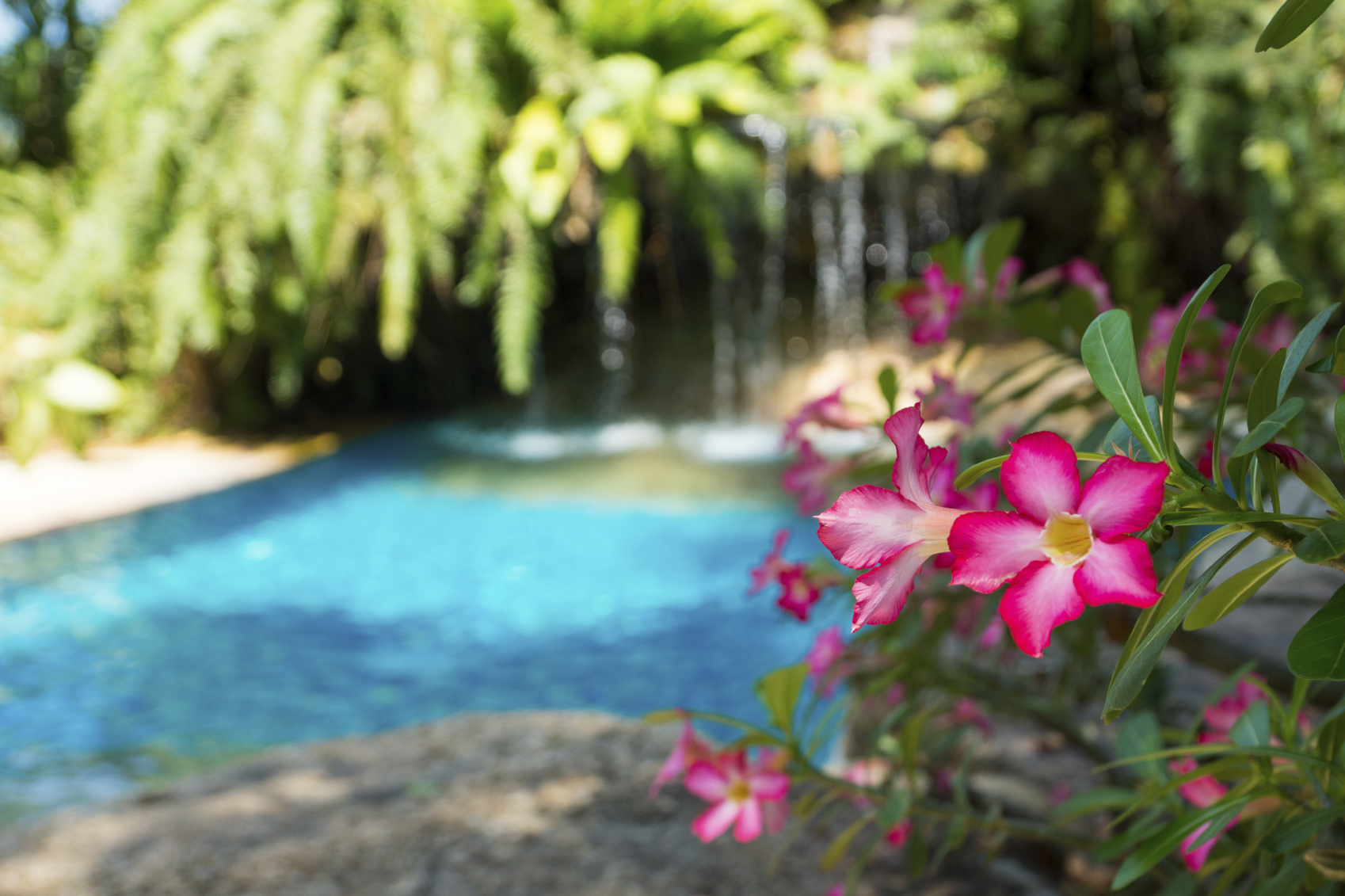
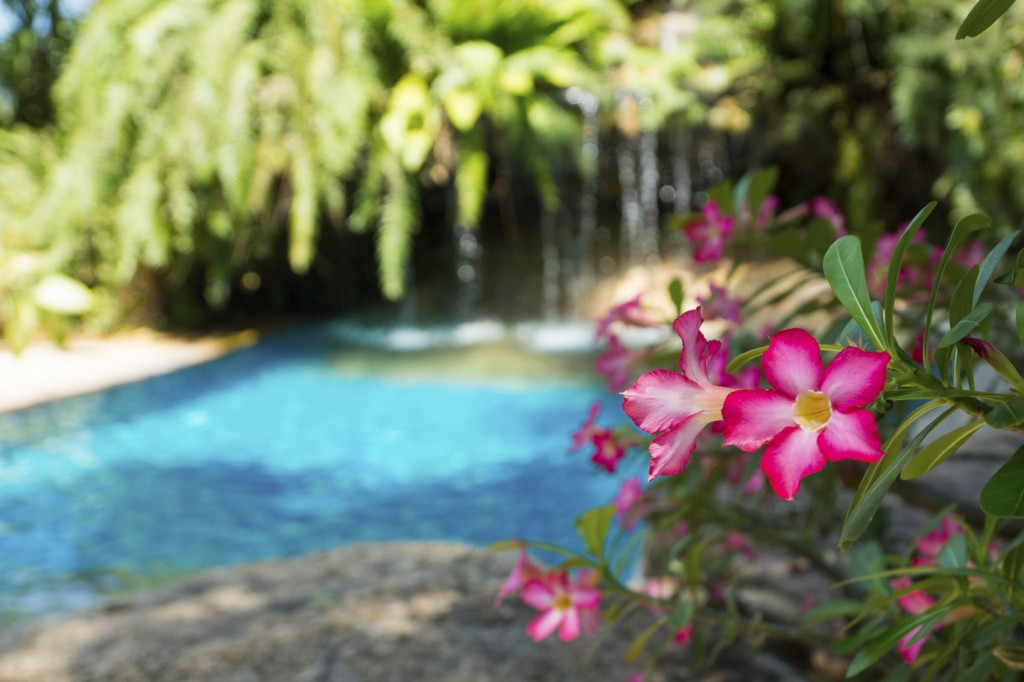


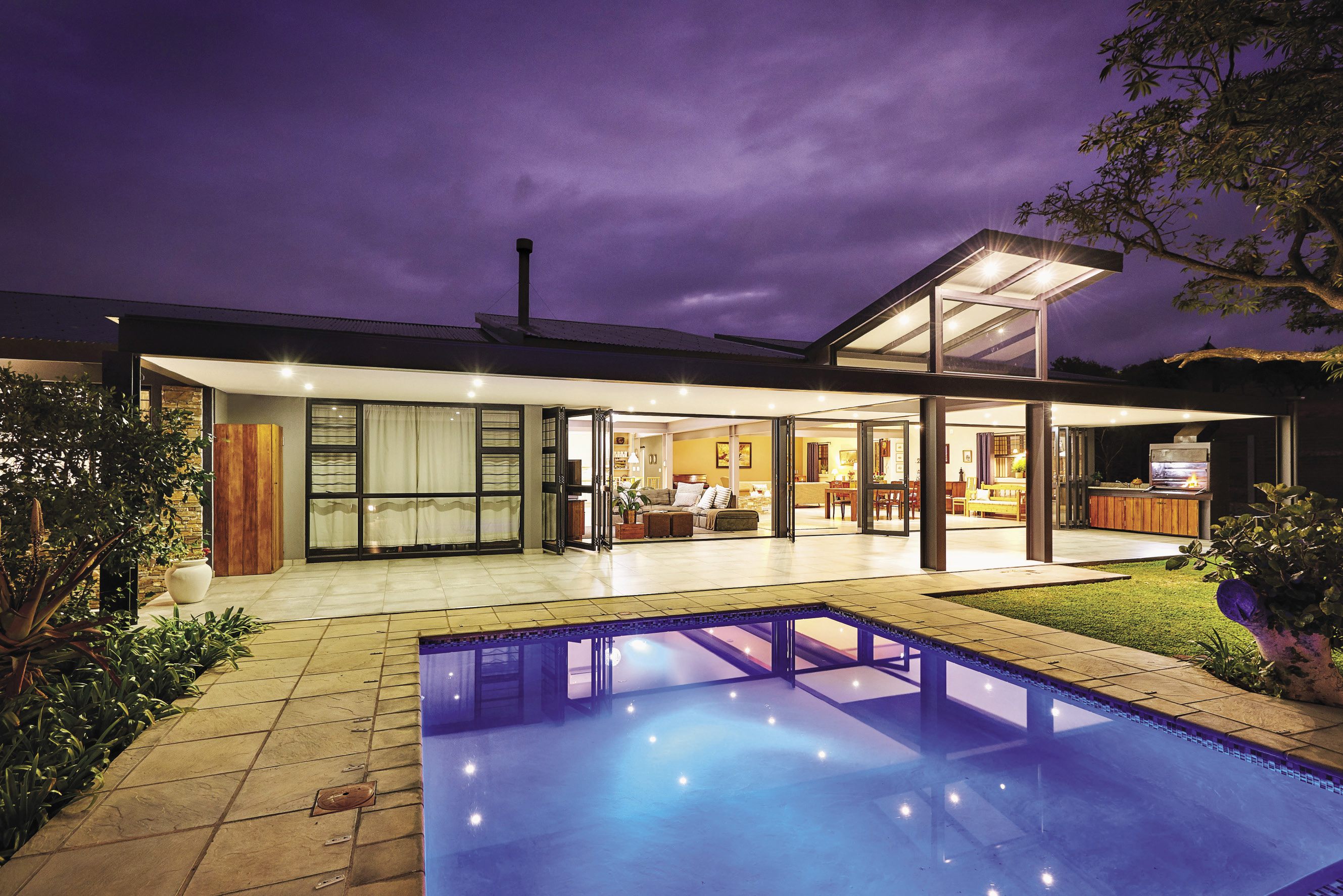


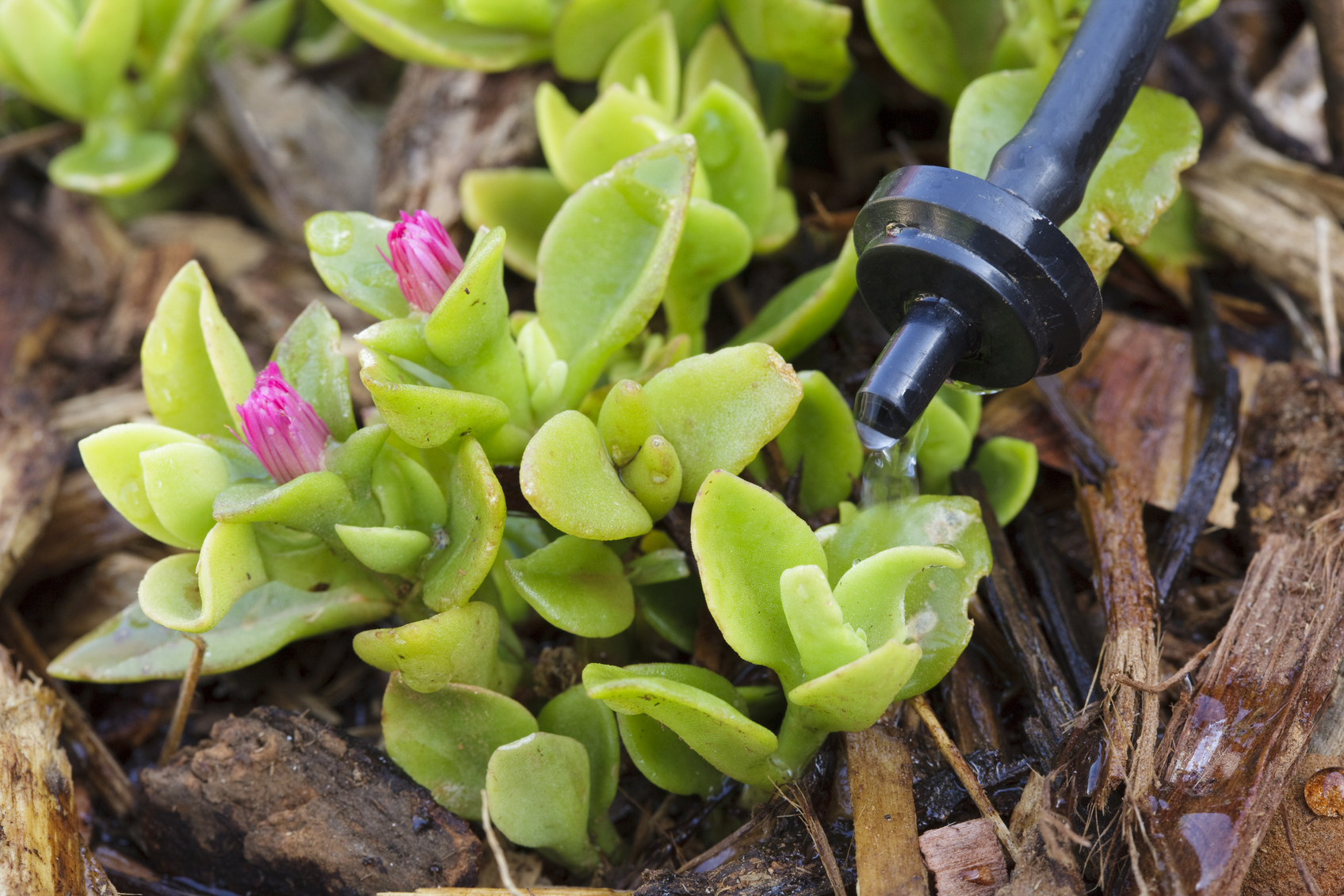
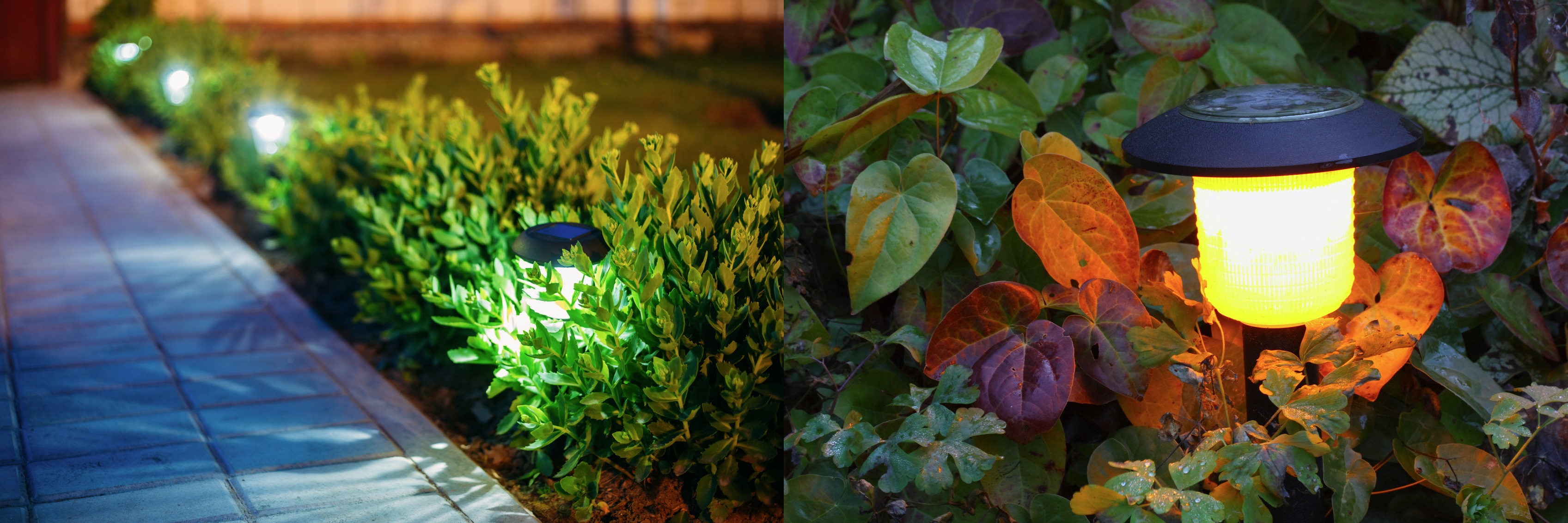
Leave a Comment